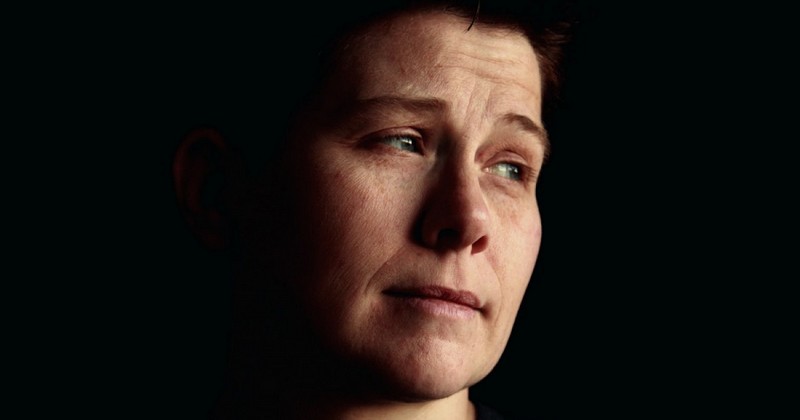What is minority stress in people from the LGTBIQ+ community?

Minority stress is a phenomenon associated with homophobia, biphobia and transphobia.
Did you know that 75% of LGTBIQ+ people reported having suffered discrimination because of their sexual orientation or gender identity?
Undoubtedly, this generalized situation sustains minority stress.A stress specific to the LGTBIQ+ community? Yes, one shaped by internalized homophobia, bi-phobia and transphobia, stigma, prejudice and expectations of rejection.
What is minority stress?
But, first .... what is minority stress? It is the experience of chronic, unique and hostile stress as a result of belonging to a socially marginalized category, within a predominantly heterosexual and cisgender world.. In addition, it is shaped by internalized homophobia, biphobia and transphobia, stigma, expectations of rejection and prejudice.
It is different from the everyday stress that may be experienced from traffic, work, or paying the bills; it is an additional stressor that is constructed from the rejection of the identity of the person belonging to the minority group.
Homophobia, biphobia and intentional transphobia
As time goes by, individuals begin to believe in social biases and prejudices that denigrate LGTBIQ+ people, developing a negative self-valuation and normalizing homophobia, biphobia and transphobia..
In this sense, it includes apathy, hatred or irrational fear towards LGTBIQ+ people that is naturally internalized through social discourse. This internalization often occurs without the person being aware of it and acts automatically, without being able to rethink the meaning of their actions, normalizing negative ideas and concepts. The discrepancy between sexuality and the desire for social validation is common.
In this way, it is common for LGTBIQ+ people to overlook comments or behaviors that may undermine their self-esteem or that of their social group.. A clear example would be a LGTBIQ+ person who considers that gays, lesbians or trans people are a bad example for society, that they should not show affection in public because "it doesn't look good" or that they should not have the right to marry. It is also very common to find preferences for people who act as "heterosexuals" showing a marked discrimination to the diversity of gender expression.
Prejudice and discrimination
Prejudice involves an anticipated negative idea about LGTBIQ+ people.In the case of discrimination, ideas such as "LGTBIQ+ people do not have the moral authority to adopt children", or "gay couples cannot be happy" usually prevail. On the other hand, discrimination is based on a behavior that puts into practice the prejudicial idea that LGTBIQ+ people are excluded from the resources available to heterosexuals, such as marriage. In addition, the heterosexist culture censures any behavior outside heteronormativity.
Stigma
Belonging to a stigmatized group implies that society negatively perceives some attribute or trait as unacceptable or inferior.. Feeling that there is something wrong with oneself allows for increased expectations of rejection and hiding behaviors, often using a hyper-vigilant mode of avoidance. It is common for LGTBIQ+ people to be constantly checking whether they are likely to be discriminated against in a certain place, even acting in advance.
Psychological consequences
It largely explains why the LGTBIQ+ community has higher rates of anxiety, depression, suicide and self-injurious behaviors. The most frequent problems presented are anxiety, depression and low self-esteem.. This context is alarming, especially if we take into account that more than 60% of the people who went for psychological consultation stated that they felt prejudiced by their treating professional. More than 50% of the people reported that they had undergone conversion therapy.
In this sense, the psychological treatment of LGTBIQ+ persons is not being addressed by competent professionals trained in sexual diversity, gender and affirmative psychotherapy. On the contrary, it is very common that there are stories of patients discriminated and revictimized by their treating professional, increasing the feelings of stigma and internalized homophobia.
It is therefore urgent to raise awareness about the importance of training and sensitizing professionals so that treatments can be effective and not harmful. Likewise, it is important that patients are informed and can choose a professional who can address their consultations without relying on prejudice, following ethical and scientific guidelines.
Bibliographic references:
- Meyer, I. H. (2016). Does an improved social environment for sexual and gender minorities have implications for a new minority stress research agenda?. Psychology of sexualities review, 7(1), 81.
- More Equality (2019). Mental health problems, access to public and private mental health services, and conversion practices in LGTBIQ+ people.
(Updated at Apr 15 / 2024)